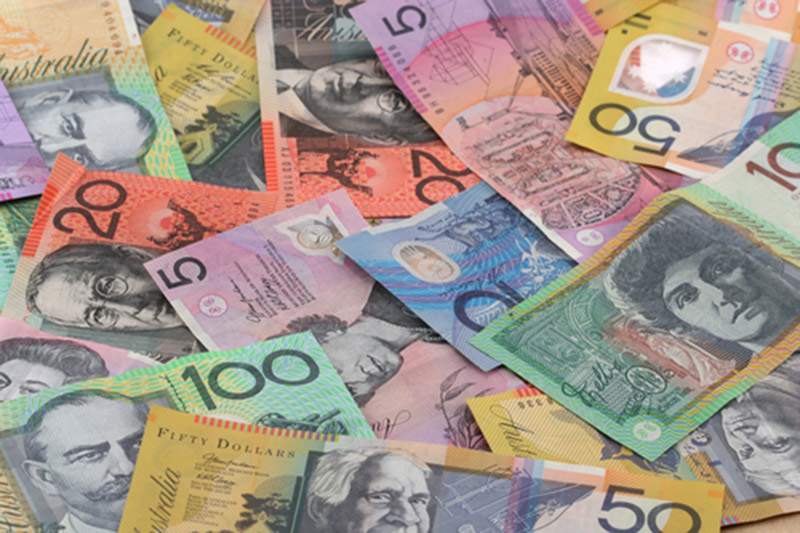Investing.com - The Australian dollar slipped against the U.S. dollar on Wednesday, backing off three-week highs hit in the previous session after a shift in the Reserve Bank’s monetary policy stance sparked a rally.
AUD/USD hit session lows of 0.8874 and was last down 0.44% to 0.8886. The pair rose to highs of 0.8940 on Tuesday, the strongest since January 15.
The pair was likely to find support at 0.8850 and resistance at 0.8940.
Demand for the greenback was supported as investors remained wary in the wake of a broad based selloff in emerging markets.
Emerging markets rebounded on Tuesday, recovering from their sharp selloff in the past two weeks, with the Turkish lira and the South African rand rising more than 1% against the dollar.
Emerging markets have been hard hit by concerns over the impact of reductions to the Federal Reserve’s stimulus program and worries over a possible slowdown in China.
The Aussie’s losses were held in check after the Reserve Bank of Australia shifted its policy stance away from easing rates on Tuesday, citing higher than forecast inflation.
The RBA left rates on hold at 2.5%, saying “the most prudent course is likely to be a period of stability in interest rates."
Elsewhere, the Aussie was sharply lower against the safe haven yen, with AUD/JPY dropping 0.96% to 89.84 and edged higher against New Zealand’s dollar, with AUD/NZD rising 0.12% to 1.0835.
In New Zealand, data overnight showed that the labor market strengthened in the fourth quarter.
Statistics New Zealand said the number of people employed in the three months to December increased by 1.1% or 24,000, after an additional 28,000 jobs were created in the third quarter. Market expectations had been for an increase of 0.6%.
The unemployment rate fell to 6.0% in the fourth quarter from 6.2% in the previous quarter, in line with market expectations.
